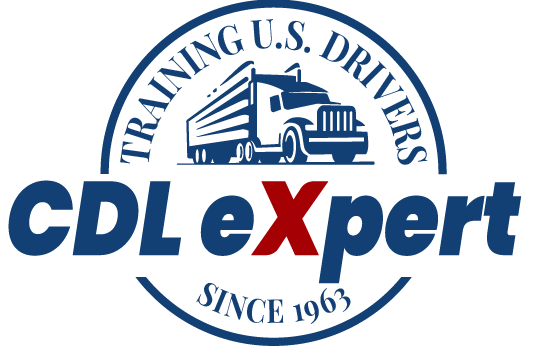CDL Guide: How to Get a Commercial Driver’s License in California
- Duke The CDL eXpert
- May 17, 2024
- 2 min read
Updated: Oct 18, 2024

Starting the journey to obtain a Commercial Driver’s License (CDL) in California might feel overwhelming initially. However, with the support and information, you can smoothly navigate the steps and procedures required to become a commercial driver in the state. This article is designed to offer you a roadmap for acquiring your CDL in California including links to essential resources and tips for achieving success.
1. Familiarize Yourself with the CDL Types
Before diving into the process it's crucial to grasp the distinctions between the types of CDLs and what each license authorizes you to operate. In California, there are three categories of driver’s licenses; Class A, Class B, and Class C. Each grants permission to drive specific types of vehicles. Identifying the CDL for your career aspirations marks the initial stage of this journey.
2. Fulfilling the Basic Criteria
When seeking a CDL in California, meeting certain fundamental prerequisites is necessary:
You need to be 18 years old for intrastate driving within California and 21 years old for interstate driving, across state borders.
Ensure you have a California driver's license, on hand.
Present documentation verifying your Social Security number, identity, California residency, and lawful presence in the United States.
3. Entry Level Driver Training (ELDT) Theory
In order to get a CDL, you need to complete ELDT Theory training. We provide a convenient want to do this online here at cdlexpert.com
4. Secure a Commercial Learners Permit (CLP)
Before you can practice driving a vehicle on roads, obtaining a Commercial Learners Permit (CLP) is necessary.
To obtain a CLP:
Successfully pass the written knowledge test on the type of vehicle you intend to operate. Study materials and relevant information can be found on the California DMV website.
Submit a Medical Examination Report Form along with a Medical Examiner's Certificate.
5. Behind-the-wheel training
Complete behind-the-wheel training at a school in your area. This will get you the practical skills you need to drive a CMV. This step is mandatory for getting your CDL.
6. Ace the CDL Skills Test
Once you have held your CLP for 14 days you are eligible to take the CDL skills test, which is composed of:
A Pre-trip inspection assessment.
A fundamental vehicle control evaluation.
An on-road driving assessment.
You need to schedule your test at a DMV Commercial Driving Test Office and bring a vehicle that matches the class of CDL you are applying for. After passing your skills test you must submit your application. Pay the required fees at the DMV. Remember to bring all documents and proof of your test scores.
Holding a CDL also requires responsibilities such as renewing it and obtaining certifications based on the vehicle type or cargo you handle. Obtaining a CDL in California is a step for those pursuing a career in driving. The process involves steps from getting your CLP to passing the CDL skills test. It becomes manageable once you understand the requirements. Use the resources offered by the California DMV to prepare thoroughly for each phase and you'll be on track for a driving career. Always remember that safe driving begins with training and following road regulations. Best of luck!




コメント